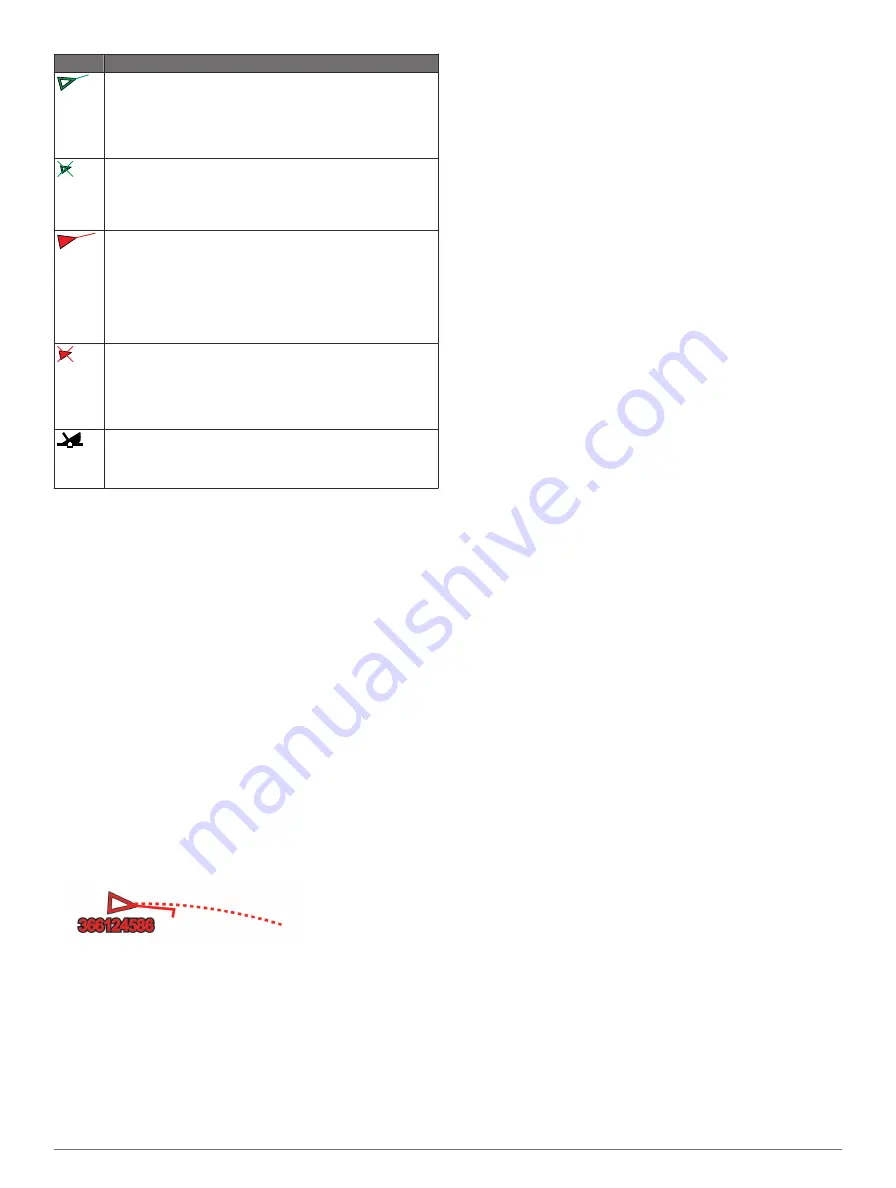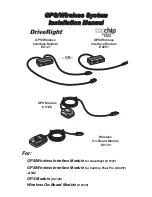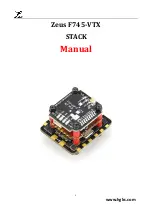
Symbol Description
Target is activated. The target appears larger on the chart. A
green line attached to the target indicates the heading of the
target. The MMSI, speed, and direction of the vessel appear
beneath the target, if the details setting has been set to
Show. If the AIS transmission from the vessel is lost, a
message banner appears.
Target is lost. A green X indicates that the AIS transmission
from the vessel is lost, and the chartplotter displays a
message banner asking whether the vessel should continue
to be tracked. If you discontinue vessel tracking, the lost
target symbol disappears from the chart or the 3D chart view.
Dangerous target in range. The target flashes while an alarm
sounds and a message banner appears. After the alarm has
been acknowledged, a solid red triangle with a red line
attached to it indicates the location and the heading of the
target. If the safe-zone collision alarm has been set to Off, the
target flashes, but the audible alarm does not sound and the
alarm banner does not appear. If the AIS transmission from
the vessel is lost, a message banner appears.
Dangerous target is lost. A red X indicates that the AIS
transmission from the vessel is lost, and the chartplotter
displays a message banner asking whether the vessel should
continue to be tracked. If you discontinue vessel tracking, the
lost dangerous target symbol disappears from the chart or the
3D chart view.
The location of this symbol indicates the closest point of
approach to a dangerous target, and the numbers near the
symbol indicate the time to the closest point of approach to
that target.
NOTE:
Vessels being tracked with the Blue Force Tracking
feature are indicated with a blue-green color regardless of their
status.
Heading and Projected Course of Activated AIS
Targets
When heading and course over ground information are provided
by an activated AIS target, the heading of the target appears on
a chart as a solid line attached to the AIS target symbol. A
heading line does not appear on a 3D chart view.
The projected course of an activated AIS target appears as a
dashed line on a chart or a 3D chart view. The length of the
projected course line is based on the value of the projected
heading setting. If an activated AIS target is not transmitting
speed information, or if the vessel is not moving, a projected
course line does not appear. Changes in the speed, course over
ground, or rate of turn information transmitted by the vessel can
impact the calculation of the projected course line.
When course over ground, heading, and rate of turn information
are provided by an activated AIS target, the projected course of
the target is calculated based on the course over ground and
the rate of turn information. The direction in which the target is
turning, which is also based on the rate of turn information, is
indicated by the direction of the barb at the end of the heading
line. The length of the barb does not change.
When course over ground and heading information are provided
by an activated AIS target, but rate of turn information is not
provided, the projected course of the target is calculated based
on the course over ground information.
Showing AIS Vessels on a Chart or 3D Chart View
Before you can use AIS, you must connect the chartplotter to an
external AIS device and receive active transponder signals from
other vessels.
You can configure how other vessels appear on a chart or on a
3D chart view. The display range configured for one chart or
one 3D chart view are applied only to that chart or to that 3D
chart view. The details, projected heading, and trails settings
configured for one chart or one 3D chart view are applied to all
charts and to all 3D chart views.
1
From a chart or 3D chart view, select
Menu
>
Other Vessels
>
Display Setup
.
2
Select an option:
• To indicate the distance from your location in which AIS
vessels appear, select
Display Range
, and select a
distance.
• To show details about AIS-activated vessels, select
Details
>
Show
.
• To set the projected heading time for AIS-activated
vessels, select
Proj. Heading
, and enter the time.
• To show the tracks of AIS vessels, select
Trails
, and
select the length of the track that appears using a trail.
Activating a Target for an AIS Vessel
1
From a chart or a 3D chart view, select an AIS vessel.
2
Select
AIS Vessel
>
Activate Target
.
Viewing Information about a Targeted AIS Vessel
You can view the AIS signal status, MMSI, GPS speed, GPS
heading, and other information that is reported about a targeted
AIS vessel.
1
From a chart or a 3D chart view, select an AIS vessel.
2
Select
AIS Vessel
.
Deactivating a Target for an AIS Vessel
1
From a chart or a 3D chart view, select an AIS vessel.
2
Select
AIS Vessel
>
Deactivate Target
.
Viewing a List of AIS Threats
From a chart or 3D chart view, select
Menu
>
Other Vessels
>
AIS List
.
Setting the Safe-Zone Collision Alarm
Before you can set a safe-zone collision alarm, you must have a
compatible chartplotter connected to an AIS device.
The safe-zone collision alarm is used only with AIS. The safe
zone is used for collision avoidance, and can be customized.
1
Select
Settings
>
Alarms
>
AIS
>
AIS Alarm
>
On
.
A message banner appears and an alarm sounds when an
AIS-activated vessel enters the safe-zone area around your
boat. The object is also labeled as dangerous on the screen.
When the alarm is off, the message banner and audible
alarm are disabled, but the object is still labeled as
dangerous on the screen.
2
Select
Range
.
3
Select a distance for the safe-zone radius around your
vessel.
4
Select
Time To
.
5
Select a time at which the alarm will sound if a target is
determined to intersect the safe zone.
For example, to be notified of a pending intersection 10
minutes before it will likely occur, set
Time To
to 10, and the
alarm will sound 10 minutes before the vessel intersects the
safe zone.
AIS Distress Signals
Self-contained AIS distress signal devices transmit emergency
position reports when activated. The chartplotter can receive
signals from Search and Rescue Transmitters (SART),
Emergency Position Indicating Radio Beacons (EPIRB), and
other man overboard signals. Distress signal transmissions are
different than standard AIS transmissions, so they appear
differently on the chartplotter. Instead of tracking a distress
signal transmission for collision avoidance, you track a distress
signal transmission to locate and assist a vessel or person.
6
Charts and 3D Chart Views
Summary of Contents for GPSMAP 500 Series
Page 6: ......













































